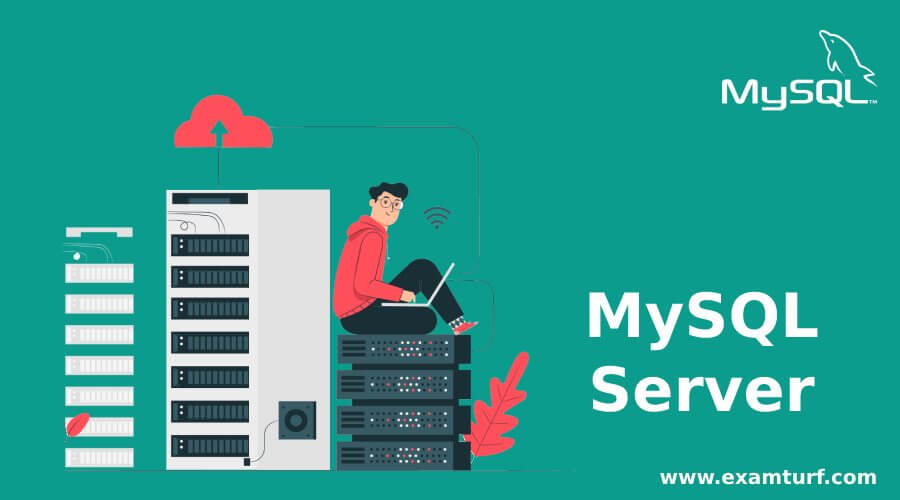
Introduction To MySQL Server
MySQL based is based on client/server architecture which means that application programs communicate with the database server (MySQL). Anyone can save changes, query data, and many more. It is scalable because it supports multi-threading. MySQL can handle any amount of data and is considered one of the fastest database languages. It supports many different libraries and client programs, backend, APIs (application programming interfaces), several different administrative tools. MySQL creates a database and then define the relationship of each table. When clients make requests by typing SQL statements on MySQL, the server application will respond according to the request made by a client. It is essential to have MySQL server and data files if anyone is working on a local machine. If you have a remote database, then it is not important to install these features.
What Is MySQL Client?
- MySQL Client act as a browser for MySQL server. MySQL client accepts the input from the user and sends it to the server. After sending it to the server, the MySQL client accepts the returned response and display the output. Whenever anyone installs MySQL, by default MySQL client is also installed.
- It helps the client to send queries across the network and display output on the screen. It is not mandatory to use the MySQL client where a server is present. MySQL client software can be installed on the remote machine and can communicate with the MySQL server.
Data Directory & Storage Engine
Given below shows data directory and storage engine in MySQL Server:
1. Data Directory
All information managed by MySQL is stored under the data directory. The data directory contains all the databases and tables. These are organized in a tree-like structure. Usually, we see that people run a single server to manage all the databases. But, it is also possible to run multiple servers. This is possible when each server manages its data directory, there will be no problem in the interaction. Generally, it is not recommended. If you ever try this make sure that systems provide better file locking otherwise, servers will not respond correctly.
2. Storage Engines
Storage Engines is one of the MySQL components. It is capable of handling SQL operations for several table types to manage and store information in a database. For general-purpose, InnoDB is widely used.
There are several different storage engines available in MySQL.
- InnoDB: This storage engine will provide you with transaction-safe tables. It supports FOREIGN KEY integrity constraints. To protect the data, it uses rollback, commit, and crash-recovery statements. It also has a row-level locking feature. It also has a “consistent nonlocking reads” feature which helps increasing performance it is used in a multiuser environment. Data is stored in clustered indexes.
- MyISAM: This storage engine is capable of managing non-transactional tables. It supports complete text searching and has high-speed storage and retrieval.
- MEMORY: This storage engine comes with an in-memory tables feature, earlier known as HEAP. All the data are stored in RAM for faster access. It can be helpful for quick looks up of reference and different identical data.
- EXAMPLE: This storage engine allows you to create tables, but you will not be able to store and fetch data. The only purpose of this storage engine is to teach developers how they can write a new storage engine.
- ARCHIVE: It doesn’t support indexes and is capable of storing a large amount of data.
- CSV: With the help of this storage engine, a user can store data in comma-separated value.
- BLACKHOLE: You can store data, but this storage engine is doesn’t return any value.
- FEDERATED: Data is stored in a remote database.
Conclusion – MySQL Server
MySQL is essential because it provides basic functionality to the website. You will require a MySQL server to host a website. You will require a MySQL server to store the data of a website.
Recommended Articles
This is guide to MySQL Server. Here we discuss the introduction, what is MySQL client, data directory, storage engine and its types available in MySQL. You may also have a look at the following articles to learn more–
Are you preparing for the entrance exam ?
Join our Data Science test series to get more practice in your preparation
View More